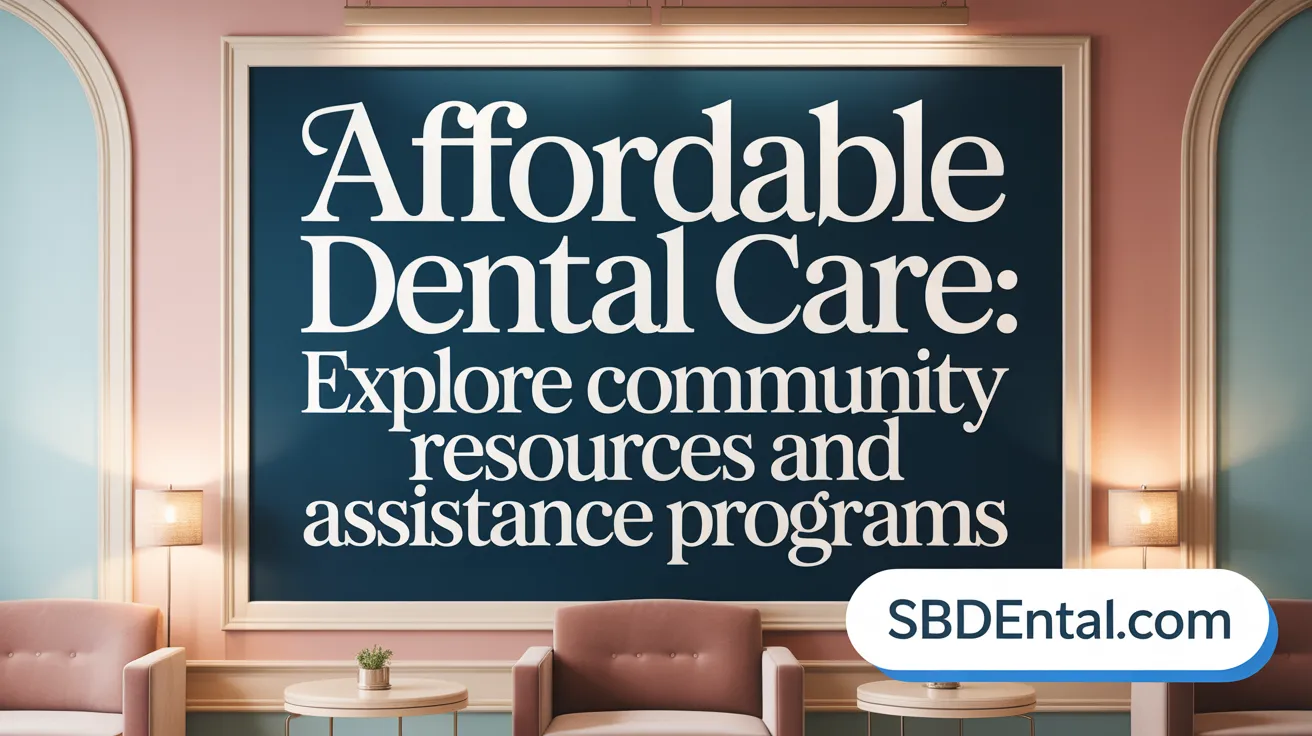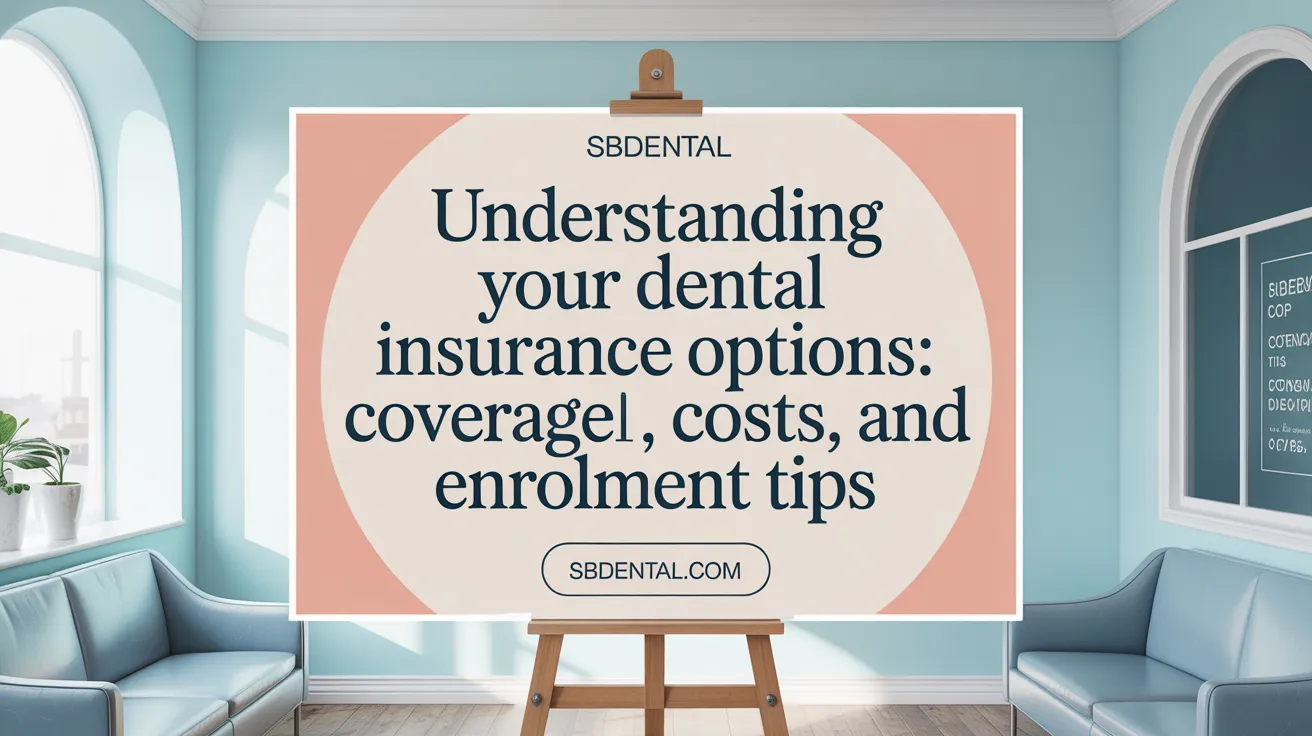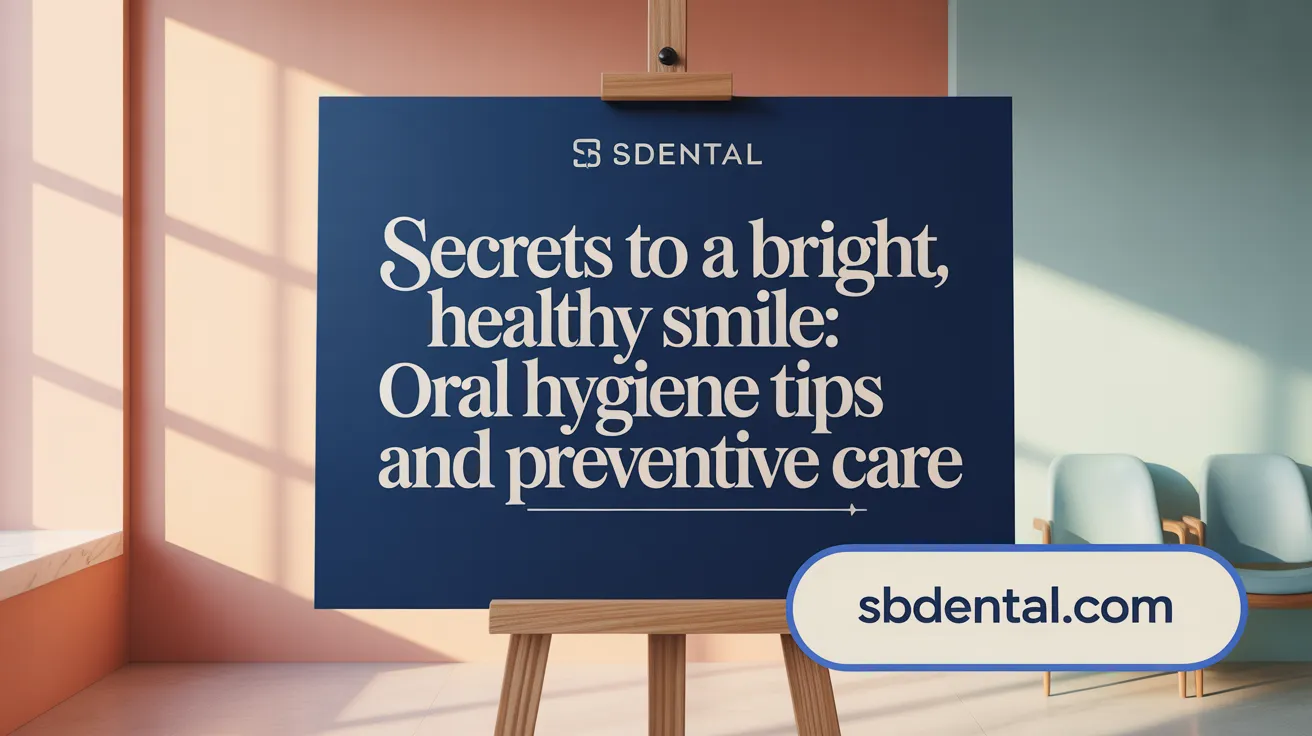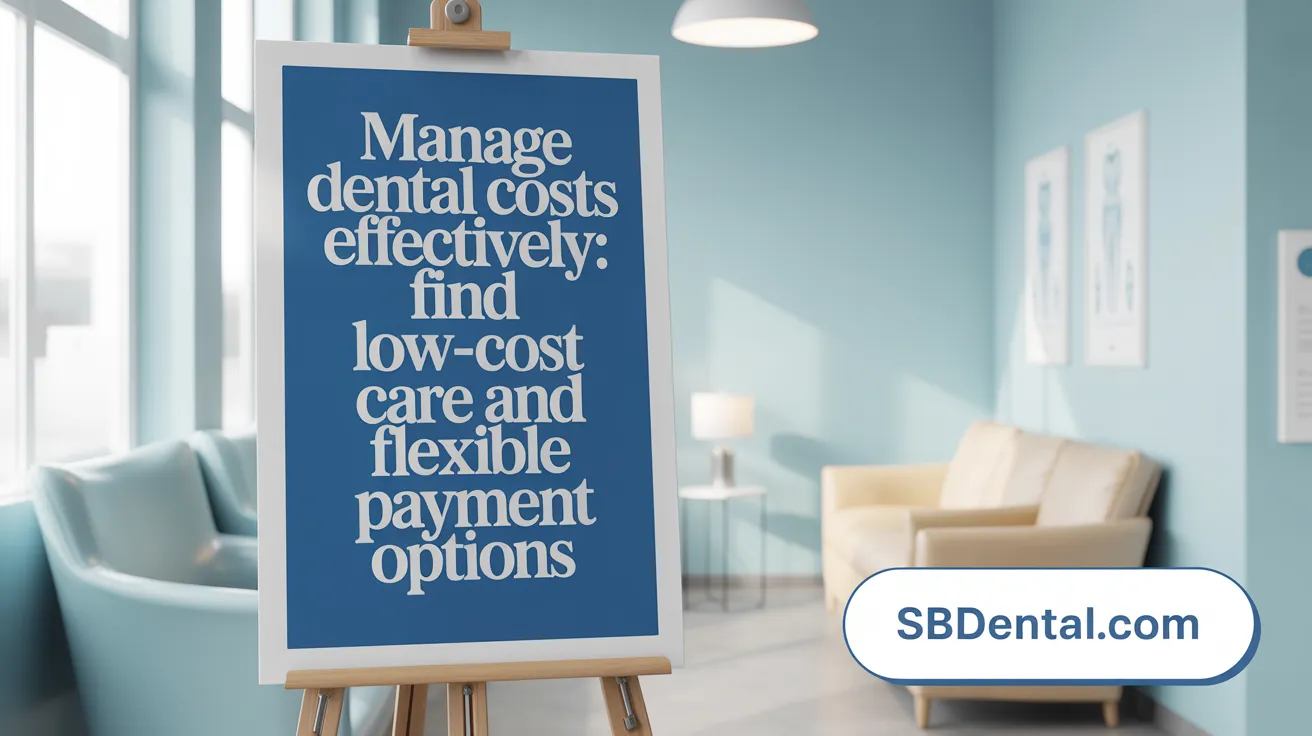Keeping Your Smile Healthy without Breaking the Bank
Dental care is essential for maintaining overall health and a confident smile, but the cost can often be a barrier. Fortunately, there are multiple affordable dental care options, insurance plans, and community resources designed to help keep your teeth healthy without excessive expenses. This guide explores how to navigate dental savings plans, insurance, preventative care, and locate low-cost services to ensure your smile stays bright and healthy.
Understanding Affordable Dental Care Options and Community Resources
 Many individuals seek affordable dental care options beyond traditional private practices, especially those with limited financial means. Community health centers and Federally Qualified Health Centers (FQHCs) are vital resources in this regard. Supported by the Bureau of Primary Health Care, these centers often provide dental services on a sliding fee scale based on income, which makes care accessible—even in rural or underserved areas.
Many individuals seek affordable dental care options beyond traditional private practices, especially those with limited financial means. Community health centers and Federally Qualified Health Centers (FQHCs) are vital resources in this regard. Supported by the Bureau of Primary Health Care, these centers often provide dental services on a sliding fee scale based on income, which makes care accessible—even in rural or underserved areas.
Dental schools and colleges also serve as excellent options for reduced-cost treatment. Supervised by experienced dentists, dental students perform procedures at a fraction of the usual cost, providing a safe and educational environment for patients needing affordable care.
Government assistance programs significantly expand access to dental services. Medicaid and the Children’s Health Insurance Program (CHIP) offer comprehensive dental coverage for eligible children and low-income families, with benefits varying by state. Some Medicare Advantage plans also include dental benefits, although traditional Medicare offers limited coverage.
Beyond government programs, nonprofit organizations and community outreach efforts support the underserved. The Dental Lifeline Network and America’s Dentists Care Foundation provide free or reduced-cost dental care for adults with special needs, seniors, or individuals with disabilities. Programs like Give Kids A Smile® focus on preventive care, offering free screenings, education, and basic treatment at community events.
In addition, local clinics often implement income-based sliding fee scales to help those in financial hardship access essential care. Resources such as United Way assist individuals in navigating available services and understanding insurance options, ensuring more people can maintain good oral health without financial strain.
For anyone seeking affordable dental care, searching online with terms like “Affordable dental care community programs clinics government assistance” can help locate nearby resources tailored to specific needs and income levels.
Navigating Dental Insurance Plans: Coverage, Costs, and Enrollment

How do dental insurance plans work, including coverage categories, costs, benefits, and enrollment guidance?
Dental insurance plans are designed to help cover the costs of oral health care, making dental routines more affordable. These plans usually include three main coverage categories: preventive, basic, and major services.
Preventive services, such as regular checkups, cleanings, and X-rays, are often covered at 100% with no deductibles or copayments, encouraging regular dental care. Basic procedures, including fillings and root canals, are covered partially, with patients responsible for coinsurance or copays, which vary depending on the plan. Major services like crowns, bridges, and dentures are also covered at a percentage, with coverage levels determined by the specific insurance policy.
The associated costs for dental plans include monthly premiums, which can range from as low as $17 for basic plans to higher amounts for comprehensive coverage. Deductibles may also apply, especially for basic and major services, and patients often pay coinsurance — a percentage of the cost — after meeting their deductible. Many plans set annual benefit maximums (limits on coverage), such as $1,000 or more, which reset each year.
Enrollment options include purchasing plans through the Health Insurance Marketplace, often as part of a broader health insurance package, or through employers. You can also buy directly from insurance providers like Aetna, UnitedHealthcare, or Cigna. For children, dental coverage is mandated as an essential health benefit, meaning it must be available either within health plans or as standalone policies. Adult dental coverage remains optional but is widely available.
Many plans provide tools and networks that simplify access to care, including online provider directories and claims processing. Changes to plans can typically be made during Open Enrollment periods or if you experience qualifying life events, allowing flexibility to adapt coverage to your needs.
Overall, choosing the right plan depends on your budget, coverage needs, and preferred providers. Understanding these components helps ensure optimal oral health support without overspending.
Comparing Dental Savings Plans, Discount Programs, and Traditional Insurance
 Understanding the differences between dental savings plans, discount programs, and traditional dental insurance can help you choose the best option for your needs.
Understanding the differences between dental savings plans, discount programs, and traditional dental insurance can help you choose the best option for your needs.
Dental insurance usually involves monthly premiums, copayments, deductibles, and annual limits. It offers comprehensive coverage for preventive, basic, and major treatments, making it ideal for individuals who expect to require extensive or frequent dental care. By contrast, dental savings plans and discount programs operate as memberships where you pay an annual or monthly fee to access reduced rates at participating providers. These plans do not reimburse costs or pay claims; instead, they offer discounted service prices. Consequently, they are suitable for those with minimal dental issues, or for preventive and occasional treatments.
Traditional dental insurance may have waiting periods before coverage begins, along with caps on benefits and deductibles to pay out of pocket. Savings plans and discount programs, on the other hand, usually provide immediate access with no waiting periods and no benefit caps. However, they do not directly cover treatment costs or reimburse expenses.
When evaluating their value, consider your personal dental care needs. If you anticipate requiring multiple or costly procedures annually, traditional insurance might save you money over time. Conversely, if your dental needs are minimal or primarily preventative, a savings plan or discount program can offer immediate discounts with less hassle and lower overall costs.
In summary, for frequent or comprehensive dental care, insurance could be the better investment. If you mainly need affordable basic checkups and cleanings, membership-based discount plans might be more economical. Comparing total potential out-of-pocket expenses for your expected care will help you make the most cost-effective choice.
Tips and Strategies for Maintaining Oral Health and a Beautiful Smile

What are the best oral hygiene practices and preventive care tips to maintain overall dental health?
Maintaining healthy teeth and gums begins with consistent daily oral hygiene. Experts recommend brushing at least twice a day with fluoride toothpaste, using gentle, circular motions to clean all surfaces of the teeth, including fronts, backs, and chewing surfaces. Replacing your toothbrush every three to four months or sooner if bristles fray ensures effective cleaning.
Flossing once daily is essential for removing plaque and food debris from between teeth and along the gumline, areas that toothbrushes might miss. Using a tongue scraper or brushing your tongue can also reduce bacteria and freshen your breath.
Regular dental checkups and professional cleanings every six months are crucial for early detection of dental issues like cavities or gum disease. These visits allow professionals to remove tartar buildup that cannot be eliminated with brushing alone.
Supporting oral health with a balanced diet—low in sugars and acids—and drinking fluoridated water helps strengthen enamel and prevent decay. Avoiding tobacco use and excessive alcohol consumption further protects your gums and overall oral health.
Incorporating an antibacterial mouthwash can add an extra layer of protection, especially if you are prone to plaque or oral infections. Good oral hygiene practices not only maintain dental health but also contribute to systemic health, reducing risks like cardiovascular disease. Learn more about proper oral hygiene tips and oral health links to overall health.
What strategies and tips can help maintain oral health and keep a healthy, attractive smile?
To keep your smile bright and healthy, focus on meticulous daily oral care. Proper brushing involves gently angling the toothbrush toward the gumline and using circular motions to thoroughly clean all teeth surfaces without damaging gums. Flossing once a day is vital for removing plaque, preventing cavities, and reducing the risk of gum disease.
Professional dental visits every six months help detect early signs of decay or gum issues, with cleanings that remove plaque and tartar buildup not reachable by brushing alone. Limiting or avoiding tobacco use is one of the most effective ways to prevent staining, gum recession, and oral cancers.
Diet also plays a role—reducing sugary and acidic foods and drinks prevents enamel erosion and decay. Drinking plenty of water helps wash away food particles and acids, maintaining a neutral oral environment.
Using alcohol-free antimicrobial mouthwash can help control bacteria and freshen breath. For athletes, wearing a mouthguard reduces the risk of dental injuries, while during pregnancy and aging, maintaining extra diligent oral care helps prevent complications.
Additional tips include choosing gentle, soft-bristled brushes or electric toothbrushes for better cleaning and comfort. Regularly replacing toothbrushes and practicing good overall hygiene ensures your smile stays attractive and healthy for years to come. For more tips, visit 10 Secrets to a Brighter, Healthier Smile.
Cost Management: Locating Low-Cost Care and Using Payment Options
 Finding affordable dental care is essential for maintaining oral health without breaking the bank. A good starting point is exploring community health centers supported by the Bureau of Primary Health Care. These clinics often offer services on a sliding scale based on income, making them accessible to low-income individuals nationwide.
Finding affordable dental care is essential for maintaining oral health without breaking the bank. A good starting point is exploring community health centers supported by the Bureau of Primary Health Care. These clinics often offer services on a sliding scale based on income, making them accessible to low-income individuals nationwide.
Local health departments are also valuable resources; many run programs providing free or reduced-cost dental care, especially in underserved areas. Nonprofit organizations like the United Way and Dental Lifeline Network assist those with limited financial resources, helping connect them to clinics and services suited to their needs.
Dental schools are another excellent option. They operate clinics where supervised students provide treatments at significantly reduced rates, often limited to the cost of materials. Patients benefit from quality care at lower costs, making dental schools a practical choice for affordable treatment.
For eligible low-income individuals and children, Medicaid and CHIP provide comprehensive dental benefits. Coverage varies by state but generally includes preventive and restorative services, broadening access for families with financial constraints.
In addition to locating low-cost services, utilizing payment methods like flexible spending accounts (FSAs), health savings accounts (HSAs), and financing plans can greatly ease the financial burden. These options allow pre-tax contributions or manageable installment payments, making it easier to afford necessary dental procedures.
To estimate costs and compare provider fees, several tools are available online. Dental cost estimators, provider directories, and comparison websites help patients plan effectively, choose affordable providers, and avoid unexpected expenses. Combining these approaches can significantly reduce dental care costs and improve access to essential oral health services.
Smile Brightly with Confidence and Affordable Care
Affordable dental care is within reach for everyone through a combination of informed choices, preventive habits, and utilization of community and insurance resources. By understanding the differences between dental savings plans and traditional insurance, leveraging government and nonprofit programs, and adhering to effective oral hygiene practices, you can maintain a healthy and attractive smile without financial stress. Remember to explore local clinics, dental schools, and discount plans, and use available payment options to keep your dental care manageable. Prioritizing your oral health not only improves your smile but also contributes to your overall well-being, making a healthy smile a bright investment in your future.
